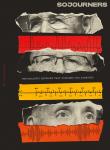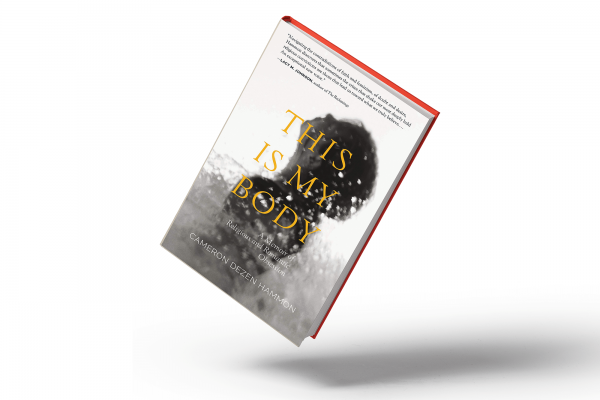IS THERE A difference between being committed to one’s faith and being obsessed with it? This question is indirectly posed in Cameron Dezen Hammon’s debut book, This is My Body: A Memoir of Religious and Romantic Obsession, which connects the hope, despair, and desire that someone can feel about a love interest or God.
The memoir spans about 15 years of Hammon’s life and describes her relatable parenting, money, work, and marriage hardships. Equally relatable is her struggle with the approaches to these issues presented by a series of Houston megachurches for which she and her husband act as music ministers. These churches preach a hierarchical (as well as homophobic and misogynistic) version of Christianity in which obedience to God will lead to success and happy marriages. An inclusive feminist, Hammon doesn’t wholeheartedly subscribe to this doctrine, but neither does she know how to find meaning outside of it.
About her marriage, she writes, “I believe, or think I’m supposed to believe, that God will fix this. Fix us. Fix my loneliness, meet my needs. Or if God is not meeting my needs, then the fault lies with me.”
The turning point, and the memoir’s raison d’etre, is an emotional affair the author begins with an artist she meets. The affair forces Hammon to search for answers outside of her church and the version of God presented there.
Hammon finds comfort in a sex and love addiction support group at the recommendation of a therapist who tells her that “sex addiction is a spiritual disease” in which “the addict replaces God with a person.”
The framing of Hammon’s obsessive behavior regarding her affair as an addiction is the one problem I have with the book. Scientists have discovered that the part of the brain associated with addiction is also activated when you’re in love, but I believe it’s dangerous to define this state of mind as an addiction, even if they’re related. The wonderful things our brains do when we’re falling in love can be a healthy part of building a relationship, not an inherent sign of deviant or unethical behavior. Hammon does not run from affair to affair: She falls for one man who offers her attention in the midst of a neglectful marriage. Simply labeling her desires as an addiction downplays, perhaps even nullifies, her human need for connection and support.
The affair happens mostly over text, and Hammon writes: “Falling in love with someone you cannot or do not see, someone invisible, is a lot like falling in love with God.” Perhaps this is why Hammon’s feelings for the artist are less vivid and grounded than those for her husband. The most riveting parts of the book aren’t the affair, but the ways in which Hammon uses it to redefine her relationships with God and her husband on her own terms.

Got something to say about what you're reading? We value your feedback!







